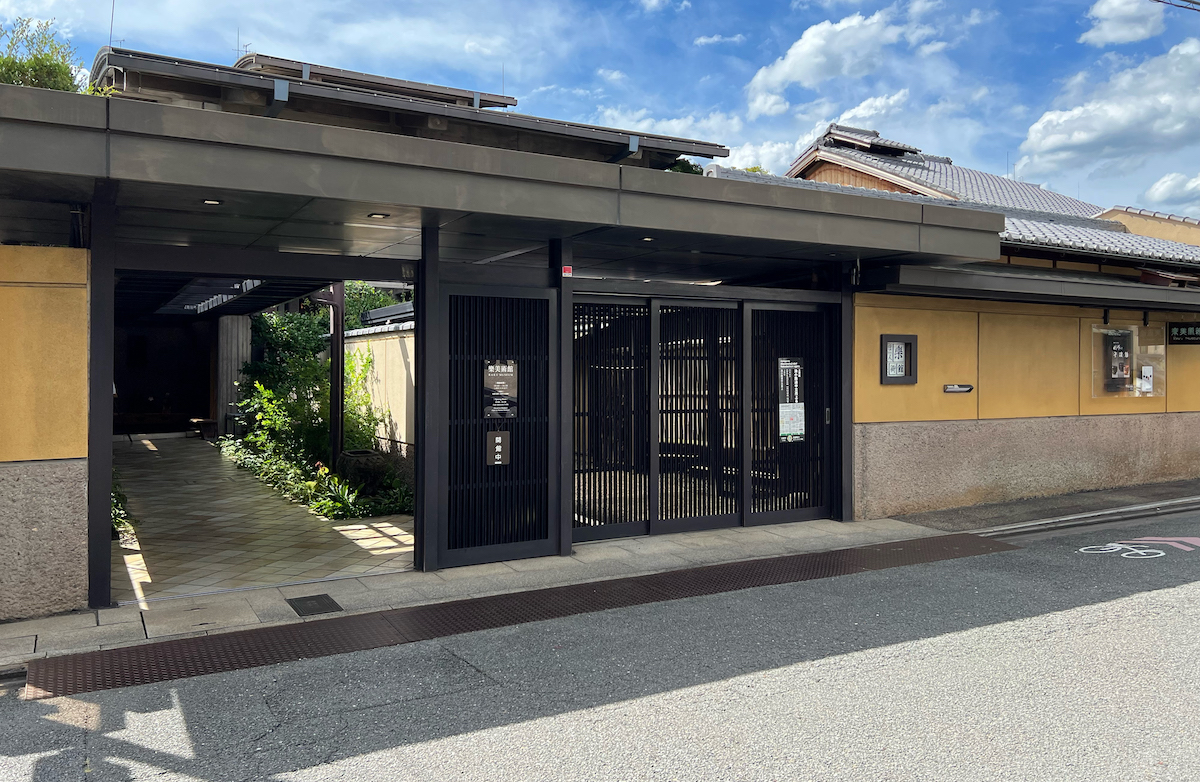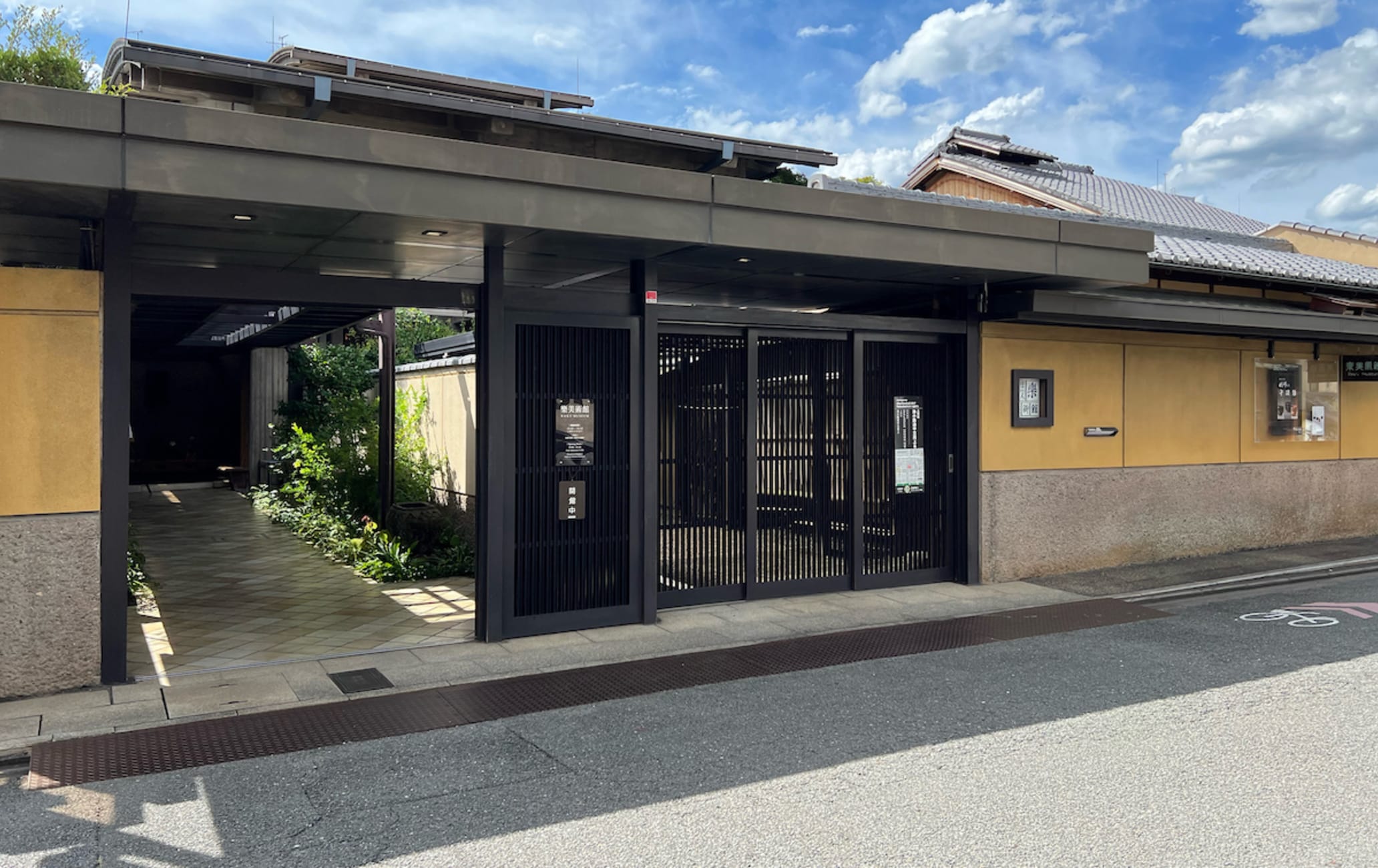Traditional and distinctive Japanese pottery
For a taste of true Japanese craftsmanship, visit the Raku Museum in Kyoto's Nishijin district to learn about a pottery style named after the family that invented it. If you love ceramics, be sure to put this on your schedule.
How to Get There
The Raku Museum is accessible by bus.
From Kyoto Station, take bus 50 to the Horikawanakatachiuri Bus Stop. It's a two-minute walk from there.

Traditional Japanese pottery
Raku pottery, a traditional Japanese art form, is characterized by pieces that are formed using a hand-kneading technique rather than on a potter's wheel, and fired in a low-temperature kiln. The pottery is beautiful in its imperfections; Raku-ware is known for its irregular shape and uneven edges. It is often used in traditional tea ceremonies, especially as the principal tea bowl.
A family business
Chojiro Raku, the first generation of the Raku family, originated the style 450 years ago. Successive generations of the Raku family continue to make new tea bowls, with Chojiro's tea bowls as their spiritual axis.
Various exhibits
The Raku Museum is tucked away in a residential neighborhood of the Nishijin district in central Kyoto. Opened in 1978, the museum features pieces belonging to the family's impressive collection. Exhibits, which usually include English captions, change throughout the year.
The latest information may differ, so please check the official website.

























































